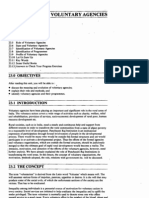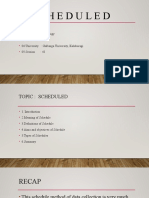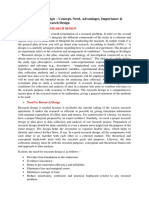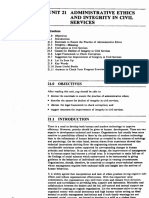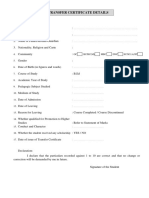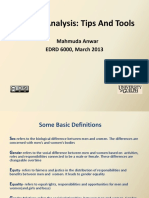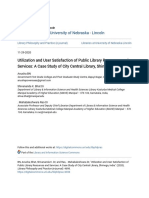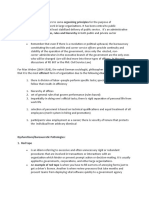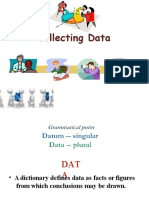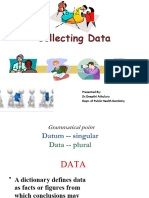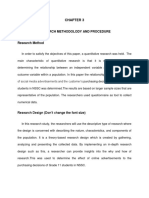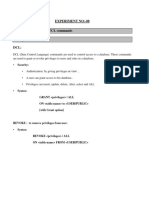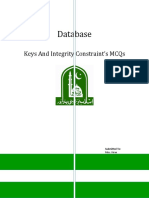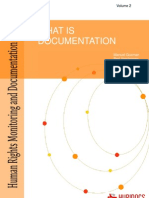0% found this document useful (0 votes)
301 views58 pagesData Collection and Presentation
This document discusses methods of collecting and presenting data. It describes direct observation, experiments, and surveys as common methods of collecting primary data. Secondary data can come from existing records. Data can be qualitative, involving words, or quantitative and involving numbers. Common ways to present data include tables and diagrams. Principles for effective tabulation include providing a title, numbering tables, using clear headings, choosing sufficient class intervals, and specifying units.
Uploaded by
Artdel De LugarCopyright
© © All Rights Reserved
We take content rights seriously. If you suspect this is your content, claim it here.
Available Formats
Download as PDF, TXT or read online on Scribd
0% found this document useful (0 votes)
301 views58 pagesData Collection and Presentation
This document discusses methods of collecting and presenting data. It describes direct observation, experiments, and surveys as common methods of collecting primary data. Secondary data can come from existing records. Data can be qualitative, involving words, or quantitative and involving numbers. Common ways to present data include tables and diagrams. Principles for effective tabulation include providing a title, numbering tables, using clear headings, choosing sufficient class intervals, and specifying units.
Uploaded by
Artdel De LugarCopyright
© © All Rights Reserved
We take content rights seriously. If you suspect this is your content, claim it here.
Available Formats
Download as PDF, TXT or read online on Scribd
/ 58
